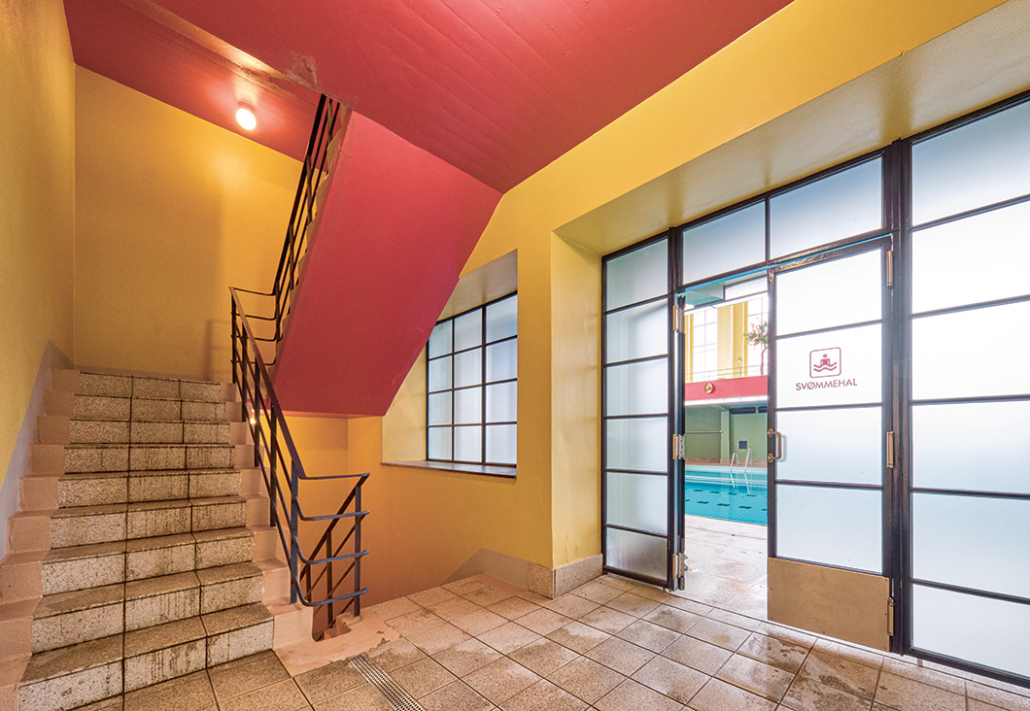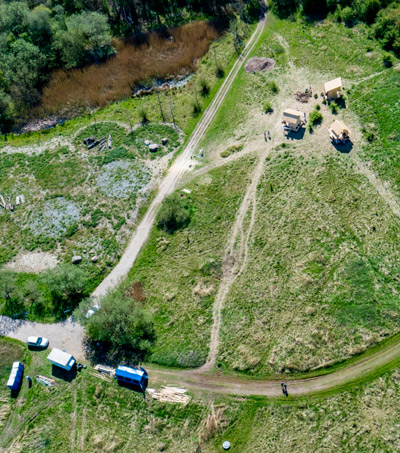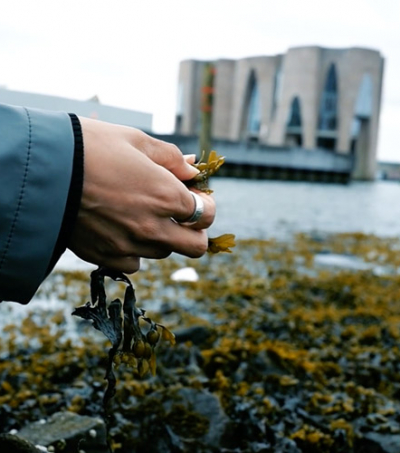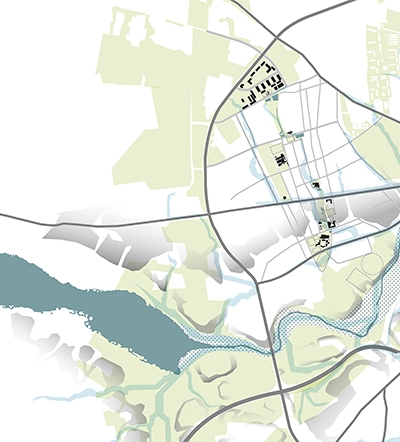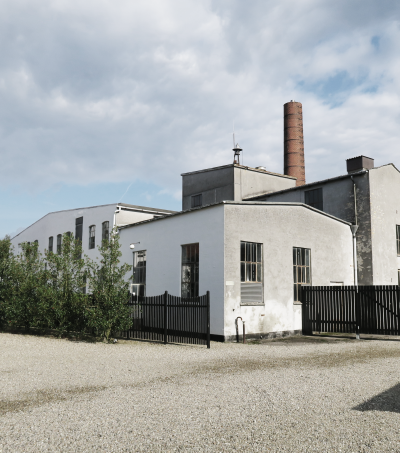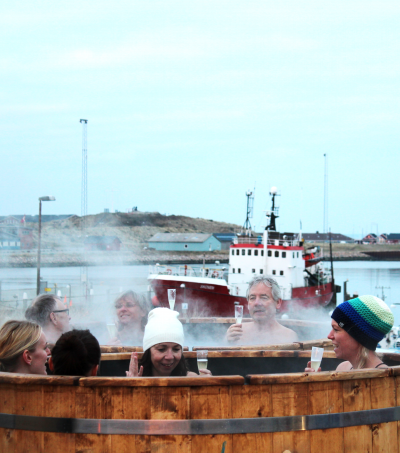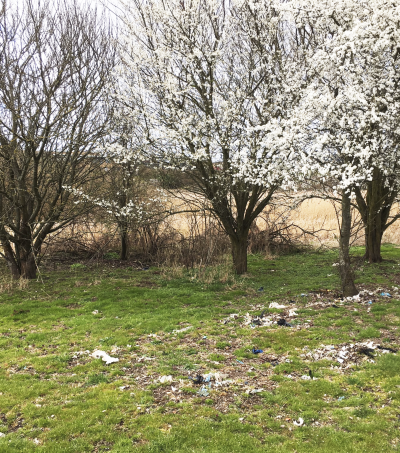The research and dissemination project “The Art of Restoration in Denmark 1918–2028” aims to create a historical overview and generate new, consolidated knowledge about architectural restoration and transformation practices in Denmark — with the goal of promoting their wider use in the future building sector, which must increasingly focus on preservation.
Our approaches to building conservation go by many names: renovation, conservation, maintenance, reconstruction, repair, upkeep, transformation, replication, and modernization. What they all have in common is that they involve the art of restoring buildings. According to the UN, we must preserve and transform existing buildings to a much greater extent if the green transition of the climate-impacting construction sector is to succeed.
This research and dissemination project will map how listed buildings have been restored over more than a century. This knowledge can inspire the entire sector by revealing the enormous potential that can be realized when we preserve and transform worn-down buildings — not only those under heritage protection. In other words, the restoration field’s deep historical knowledge of past restoration methods can create value for the future.
New knowledge through a unifying historical overview
The history of Danish restoration art has not yet been studied independently from a research perspective. The aim of this research and communication project is therefore to generate new knowledge and provide an overview of architectural restoration practices. This will be done by examining how listed buildings in Denmark have been restored since the enactment of the Building Preservation Act of 1918 up to the present day.
A comprehensive historical overview will offer insight into various methods and historical contexts, thereby contributing to the improvement and development of restoration practices in future projects. It will serve as an important reference for the construction and architecture industries, professionals, heritage authorities, and building owners.
Archival studies and practice in interplay
The project includes extensive historical research — for example, archival studies at the Agency for Culture and Palaces, the Royal Danish Library, and the Danish National Archives. In addition, the involvement of specialized architectural studios and experienced restoration architects will play a significant role and contribute to building a comprehensive historical overview.
The project aims both to provide a unified insight into cultural heritage and to help develop guidelines and best practices for preservation and development — including for buildings that are not protected by conservation laws. Many buildings possess architectural and cultural-historical values to some degree, and new working methods and value assessments can better equip owners and advisors to choose appropriate materials and solutions during renovations.
New knowledge through engagement and debate
Dissemination, knowledge sharing, and participation are central to the project’s methodological approach, which includes planned workshops, seminars, and lectures as well as educational activities at Aarhus School of Architecture. These initiatives will help spread awareness and enrich the research through debate on how restoration can be approached in the future. The project’s research results will be published in a richly illustrated book.
The project also includes an international perspective through opportunities for knowledge sharing and exchange within ICOMOS Denmark, an international NGO that works to preserve and protect cultural heritage, including by advising on new nominations to UNESCO’s World Heritage List.
The project is supported by the philanthropic association Realdania, the Agency for Culture and Palaces, and the Aage and Johanne Louis-Hansen Foundation.
Research and Dissemination Initiatives
- Research component: a study of 100 years of restoration history focusing on listed buildings in Denmark.
- Interviews with experienced restoration architects and workshops at relevant studios.
- Ongoing dissemination of the project, including the organization of seminars.
- Final publication: a Danish-language, richly illustrated book with broad appeal.
- Integration of the project’s themes and knowledge into teaching at Aarhus School of Architecture.
- Lectures across Denmark.
Facts
Project leader: Professor Mogens Andreassen Morgen
Project researcher: Assistant Professor Jannie Rosenberg Bendsen
External support: Realdania, Agency for Culture and Palaces, and Aage and Johanne Louis-Hansen Foundation
Project period: 2025–2028
CONTACT
Relateret
YOU MIGHT ALSO FIND THIS INTERESTING


